Projects
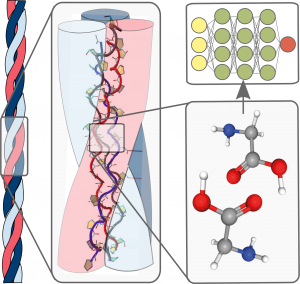
Project 1: Machine learning for hydrogen atom transfer rates in organic molecules
Collagen is the most abundant protein in our body and performs a variety of functions, including strengthening and supporting skin, tendons, …
Read more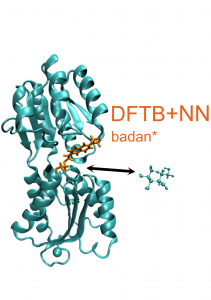
Project 2: Excited states potential energy surfaces and spin flips
Recently, machine learning models were successfully applied to predict the ground state potential energy surface (PES) of organic molecules and inorganic …
Read more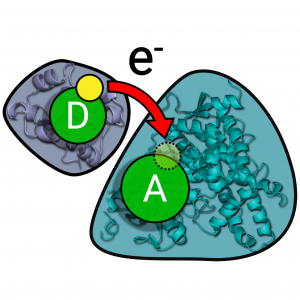
Project 3: Combined quantum mechanics and molecular mechanics study of interprotein electron transfer
Electron transfer processes play an important role in many biological processes, such as photosynthesis, cellular respiration and drug metabolism. In this …
Read more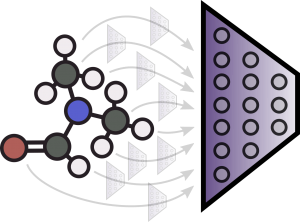
Project 4: Deep learning of molecular graphs
The aim of this project is to develop more informative representations and machine learning models of atomically resolved chemical and biological …
Read more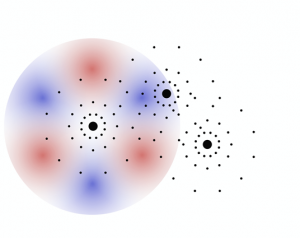
Project 5: Enabling Orbital-Free Density Functional Theory using Machine Learning
The aim of this project is to speed up quantum chemical computations by replacing expensive-to-compute quantities by predictions from machine learning. …
Read more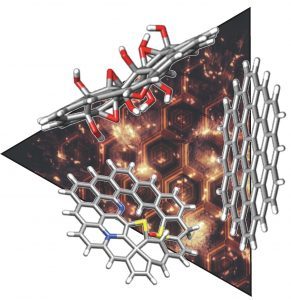
Project 6: Machine learning for supported organic electrode materials
With the rising demand in alternative sustainable energy sources, diverse electroactive organic molecules arise as attractive electrode materials for rechargeable metal-ion …
Read more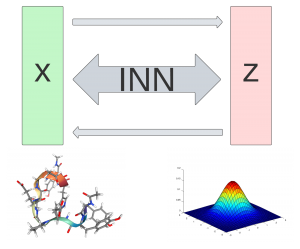
Project 7: Using invertible neural networks to predict molecular interactions
Protein-biomolecule-interactions are ubiquitous in life, from DNA-replication to regulating the heartbeat. The stability of biomolecular complexes depends heavily on the involved …
Read more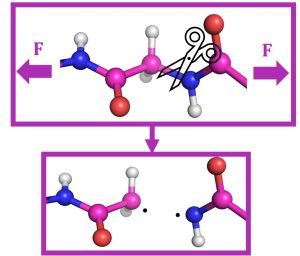
Project 8: Learning molecular bond rupture
Molecules break apart when pulled by force. Mechanical rupture mostly proceeds through homolytic bond scission, resulting in two molecules with unpaired …
Read more